Glacial Landforms
Introduction
Glacial landforms are features created by the action of glaciers. Due to the slow movement of glaciers over the land, they sculpt the earth's surface in distinct ways, creating a variety of landforms. These landforms can be categorized into two main types: those created by erosion and those created by deposition.
Erosional Glacial Landforms
Erosional landforms are created when glaciers erode, or wear away, the landscape. As glaciers move, they pick up rocks and sediment and carry them along. This material, known as glacial till, acts like sandpaper, scraping and grinding the underlying rock.
Cirques
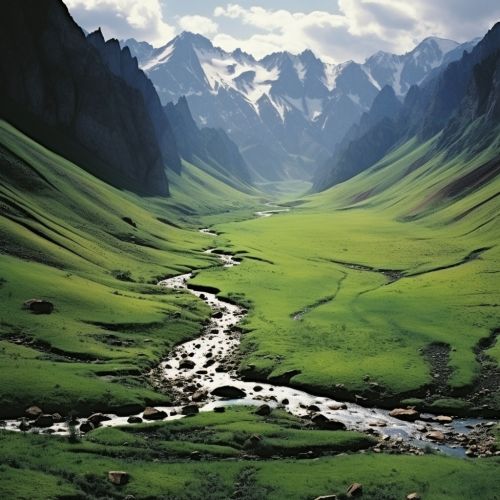
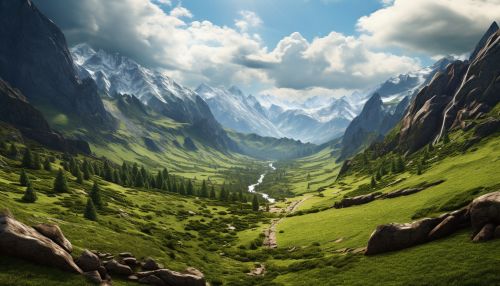
A cirque is a bowl-shaped, amphitheater-like valley eroded into the side of a mountain. Cirques are typically found at high altitudes and are often the starting points of glaciers. They are formed when ice accumulates in a mountain hollow and erodes the landscape through a process called glacial plucking and abrasion.
Aretes and Horns
An arete is a sharp ridge of rock that separates two cirques or glacial valleys. Aretes are formed when two glaciers erode parallel U-shaped valleys. The glaciers erode the valley sides, leaving a sharp, knife-edge ridge between them.
A horn is a pointed mountain peak, typically pyramidal in shape, bounded by the walls of three or more cirques. Horns are formed when glaciers erode from several directions, carving the mountain into a sharp, pointed peak.
U-shaped Valleys and Hanging Valleys
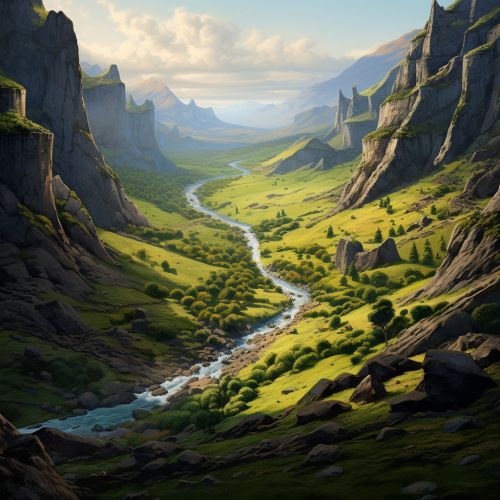
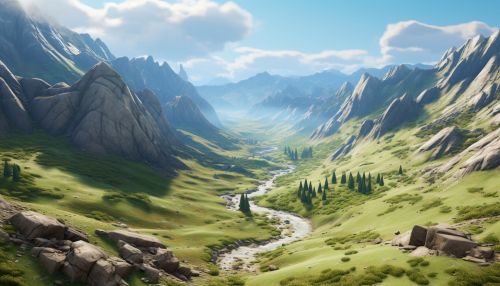
U-shaped valleys, or glacial troughs, are formed by the erosive action of glaciers. They are characterized by their U or V shape, with steep, straight sides and a flat or rounded bottom.
A hanging valley is a tributary valley that is higher than the main valley. They are formed by smaller glaciers, which don't have the same erosive power as the larger glaciers in the main valley. When the glaciers retreat, these valleys are left 'hanging' above the main valley.
Depositional Glacial Landforms
Depositional landforms are created when glaciers deposit the material they have picked up. This material, known as glacial till, is a mixture of rocks, boulders, and sediment of varying sizes.
Moraines
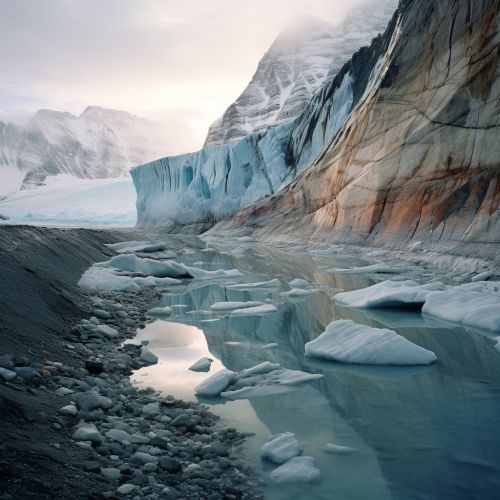
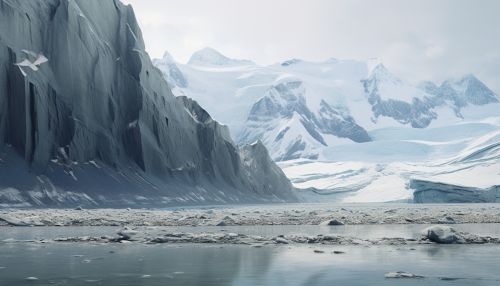
A moraine is a deposit of glacial till that forms a ridge or mound. Moraines can be categorized into several types, including lateral moraines, medial moraines, and terminal moraines.
A lateral moraine forms along the sides of a glacier, while a medial moraine forms when two glaciers merge and the lateral moraines combine. A terminal moraine marks the furthest extent of a glacier's advance.
Drumlins
A drumlin is a smooth, elongated hill composed of glacial till. Drumlins are typically found in groups called drumlin fields or drumlin camps. They are formed when a glacier reshapes the underlying till.
Eskers
An esker is a long, winding ridge of stratified sand and gravel. Eskers are formed by streams that flow within and under a glacier. When the glacier retreats, it leaves behind the sediment deposited by the stream.
Conclusion
Glacial landforms provide a record of past glacial activity and climate change. They are also of significant interest for various fields such as geology, physical geography, and environmental science. Understanding these landforms helps us to reconstruct the earth's glacial history and predict future changes in response to global warming.
